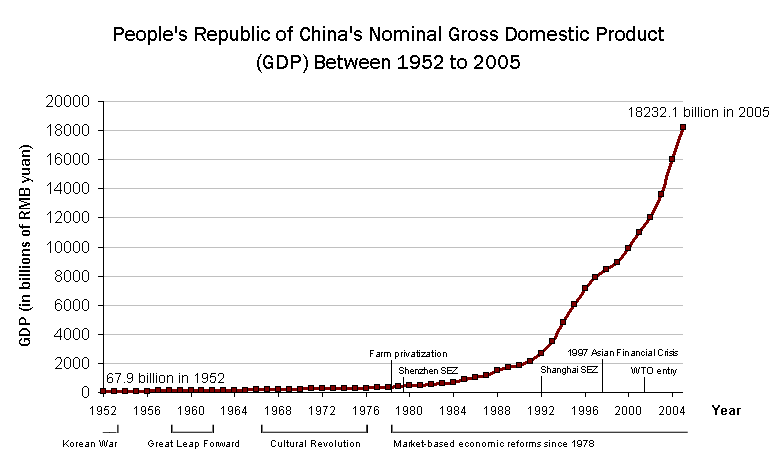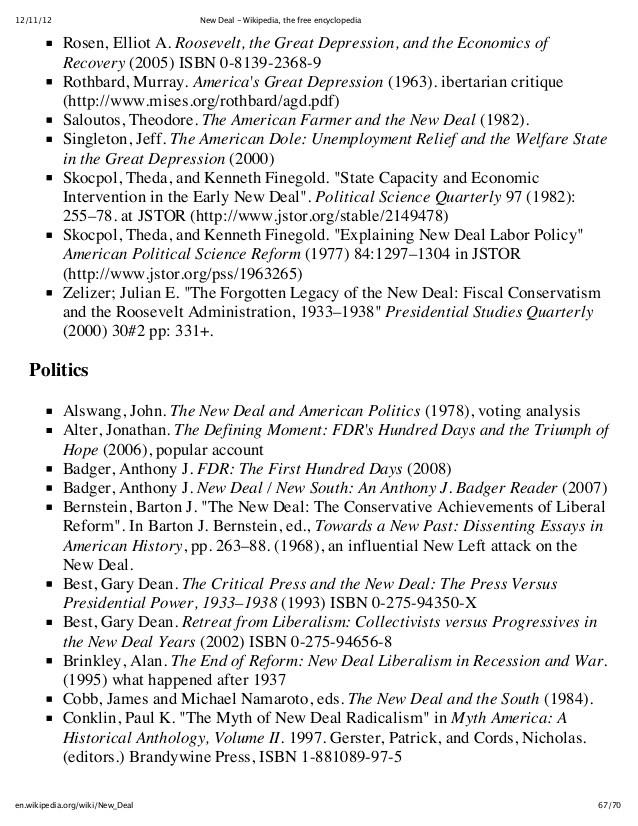Economic liberalization Wikipedia the free encyclopedia
Post on: 16 Март, 2015 No Comment

Economic liberalization is the lessening of government regulations and restrictions in an economy in exchange for greater participation by private entities; the doctrine is associated with classical liberalism. Thus, liberalisation in short is the removal of controls in order to encourage economic development. [ 1 ] It is also closely associated with neoliberalism .
Most first world countries have pursued the path of economic liberalization in recent decades with the stated goal of maintaining or increasing their competitiveness as business environments. Liberalization policies include partial or full privatisation of government institutions and assets, greater labour market flexibility. lower tax rates for businesses, less restriction on both domestic and foreign capital, open markets, etc. In support of liberalization, ex British Prime Minister Tony Blair wrote that: Success will go to those companies and countries which are swift to adapt, slow to complain, open and willing to change. The task of modern governments is to ensure that our countries can rise to this challenge. [ 2 ]
In developing countries, economic liberalization refers more to liberalization or further opening up of their respective economies to foreign capital and investments. Three of the fastest growing developing economies today; Brazil. China. and India. have achieved rapid economic growth in the past several years or decades after they have liberalized their economies to foreign capital. [ 3 ]
Many countries nowadays, particularly those in the third world, arguably have no choice but to also liberalize their economies in order to remain competitive in attracting and retaining both their domestic and foreign investments. This is referred to as the TINA factor, standing for there is no alternative.
For example, in 1991, India had no choice but to implement economic reforms. [ 4 ] Similarly, in the Philippines. the contentious proposals for Charter Change include amending the economically restrictive provisions of their 1987 constitution. [ 5 ]
The total opposite of a liberalized economy would be North Korea ‘s economy with their self-sufficient economic system that is closed to foreign trade and investment (see autarky ). However, North Korea is not completely separate from the global economy, since it receives aid from other countries in exchange for peace and restrictions in their nuclear programme. Another example would be oil-rich countries such as Saudi Arabia and the United Arab Emirates. which see no need to further open up their economies to foreign capital and investments since their oil reserves already provide them with huge export earnings.
The adoption of economic reforms in the first place and then its reversal or sustenance is a function of certain factors, presence or absence of which will determine the outcome. Sharma (2011) explains all such factors. The author’s theory is fairly generalizable and is applicable to the developing countries which have implemented economic reforms in the 1990s. [ 6 ]
Contents
§ Liberalization of services in the developing world [ edit ]
§ Potential benefits [ edit ]
The service sector is probably the most liberalised of the sectors. Liberalisation offers the opportunity for the sector to compete internationally, contributing to GDP growth and generating foreign exchange. As such, service exports are an important part of many developing countries’ growth strategies. India’s IT services have become globally competitive as many companies have outsourced certain administrative functions to countries where costs are lower. Furthermore, if service providers in some developing economies are not competitive enough to succeed on world markets, overseas companies will be attracted to invest, bringing with them international best practices and better skills and technologies. [ 7 ] The entry of foreign service providers is not necessarily a negative development and can lead to better services for domestic consumers, improve the performance and competitiveness of domestic service providers, as well as simply attract FDI /foreign capital into the country. In fact, some research suggest a 50% cut in service trade barriers over a five- to ten-year period would create global gains in economic welfare of around $250 billion per annum. [ 7 ]

§ Potential risks of trade liberalization [ edit ]
Initially economic liberalization was abandoned due to the fact that it helped create the economic depression. The economist
Trade liberalisation also carries substantial risks that necessitate careful economic management through appropriate regulation by governments. Some argue foreign providers crowd out domestic providers and instead of leading to investment and the transfer of skills, it allow foreign providers and shareholders to capture the profits for themselves, taking the money out of the country. [ 7 ] Thus, it is often argued that protection is needed to allow domestic companies the chance to develop before they are exposed to international competition. This is also supported by the anthropologist Trouillot who argues that the current market system is not a free market at all, but instead a privatized market (IE, markets can be ‘bought’). Other potential risks resulting from liberalisation, include:
- Risks of financial sector instability resulting from global contagion [ 7 ]
- Risk of brain drain [ 7 ]
- Risk of environmental degradation [ 7 ]
- Risk of a debt spiral due to decreased tax revenue among other economic problems (oftentimes linked to IMF restructuring though the state government in Kansas is currently encountering this issue). [ 8 ]
- Risk of increased inequality across race, ethnicity, or gender lines. For example, according to the anthropologist Lilu Abu-Lughod we see increased gender inequality in new markets as women lose labor opportunities that existed prior to market liberalization.
However, researchers at thinks tanks such as the Overseas Development Institute argue the risks are outweighed by the benefits and that what is needed is careful regulation. [ 7 ] For instance, there is a risk that private providers will ‘skim off’ the most profitable clients and cease to serve certain unprofitable groups of consumers or geographical areas. Yet such concerns could be addressed through regulation and by a universal service obligations in contracts, or in the licensing, to prevent such a situation from occurring. Of course, this bears the risk that this barrier to entry will dissuade international competitors from entering the market (see Deregulation ). Examples of such an approach include South Africa’s Financial Sector Charter or Indian nurses who promoted the nursing profession within India itself, which has resulted in a rapid growth in demand for nursing education and a related supply response. [ 7 ]














